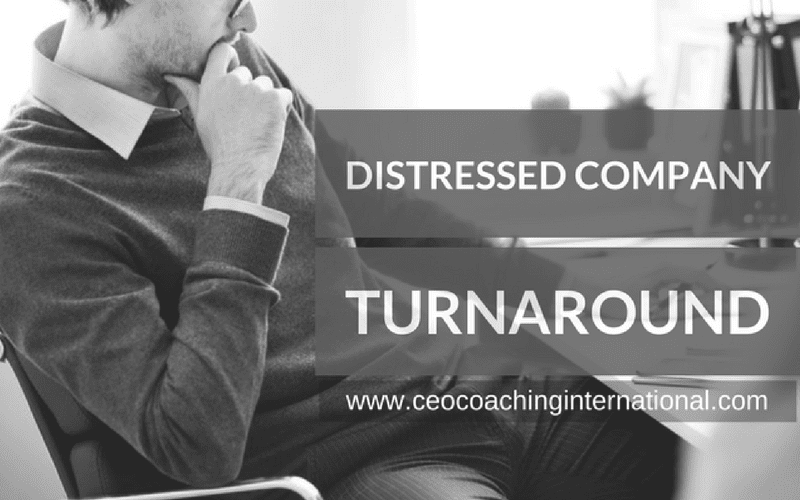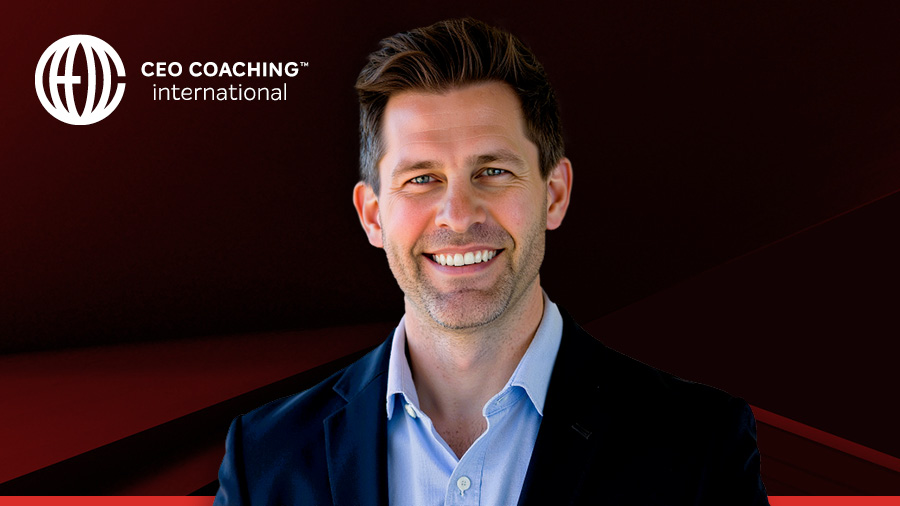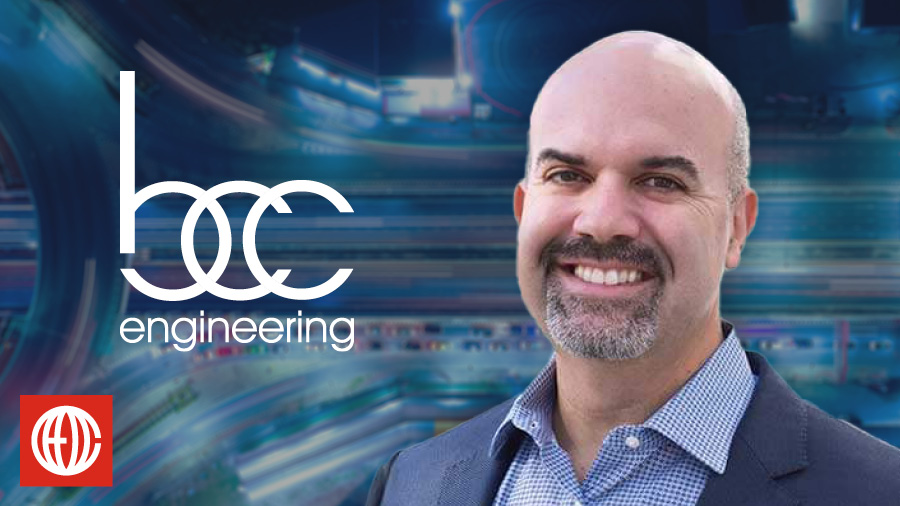Guest: CEO Coaching International’s Chris Larkins, a seasoned executive with more than 20 years of experience building companies and turning around distressed companies.
Episode in a Tweet: Learn how to put out a fire quickly before your business goes up in smoke.


Quick Background: Is your company distressed, or in need of a turn-around?
If your business is on fire and threatening to burn to the ground by a specific date, you need a turnaround. If there’s smoke — the death of a key partner, the loss of a big customer — but nothing has burst into flames yet, your business is distressed. Either way, you need to do something, now, before trouble sparks and ignites.
On today’s show, CEO Coaching International coach Chris Larkins walks us through five steps to extinguishing trouble before it engulfs your business.
Key Insights on Distressed Situations
Chris Larkins: If your business is distressed or in need of a turnaround, you have to accept what’s happening and act fast.
- Accept what’s happening.
Most CEOs know when there’s a problem with leadership or other aspects of the business. But there’s a big difference between how good and bad leaders deal with problems. Bad leaders don’t want to admit there’s a problem. They worry too much about upsetting employees by confronting the problem head on. They’re too stuck in old, outdated practices that leave the company vulnerable. Good leaders, by contrast, own up to problems and act fast to put out the fire, even if that means eating some humble pie.
- Act quickly.
If you don’t want to scare your employees, show them you’re working. Keep them in the loop. “Yes, we just lost a big account, but here’s what we can all do to land an even bigger customer who is going to make our business grow exponentially.” Key employees get nervous when they sense the boss is withholding information. Give your team the information they need to help you get the business back on track.
- Get the facts right.
This isn’t a job to delegate — you need to keep asking questions until you get to the root of the problem. Talk to your C-Suite, your sales managers, your big vendors and customers. Do it yourself. Don’t settle for easy answers. Figure out what’s really wrong.
Lots of distressed companies skip this step and try what Chris calls “hyperactive paralysis” — new initiatives, new campaigns, raising prices, lowering prices, lots of shiny stuff to distract everyone from what’s really going on. That only makes the fire grow. A good CEO keeps the company focused on its absolute key priorities without getting distracted.
- Open your eyes.
Sometimes CEOs are so close to their businesses that they can’t step back and see simple solutions staring them right in front of their faces. That satellite office still isn’t making money. Close it. That new marketing campaign you worked so hard on isn’t bringing in new customers. Cancel it. Mom and Dad ran this business their way for fifty years, but their way didn’t involve the internet. Change it. You don’t have the right people in the right jobs. Replace them.
- Control your cash.
Managing cash flow is the CEO’s responsibility. Distressed and turnaround companies need to do everything they can to shore up cash quickly. Sit down with your bank and be honest about your situation. See if your vendors will extend terms, but ask in a way that won’t set off any alarms (“My accountant wants me to restructure a few things, would you mind if we went from 30 days to 45 days?”). Ask customers for a deposit on large orders (“It will help us get materials more quickly.”).
Of course, the best thing you can do for your business is keep it out of distressed situations in the first place. How? Diversify your client base. Look for opportunities to expand. Make sure you have the best people in your industry working for you. And above all, keep your company focused on your vision.
Top Takeaways
- Be realistic. If there’s a problem, face it. Accept what’s happening, get all the facts, keep your employees in the loop, and get to work.
- Cash is king. You’re the CEO. Cash flow is your responsibility. Make sure you’re keeping an eye on your balances. When you have to shore up cash in an emergency, do whatever it takes.
- Avoid the heat. Bad businesses get stuck in old, unproductive habits, or get distracted by shiny new things. Let your vision for your company guide you away from trouble, and towards big growth.
About Chris Larkins
Chris Larkins is a Partner and member of the Executive Leadership of CEO Coaching International. In addition to serving as an active coach to over a dozen CEOs and their leadership teams, Chris leads a critical arm of the firm’s growth by identifying and retaining new coaches – all of whom, as successful former Presidents and CEOs themselves, have also made BIG happen.
Learn More about Chris Larkins
About CEO Coaching International
CEO Coaching International works with CEOs and their leadership teams to achieve extraordinary results quarter after quarter, year after year. Known globally for its success in coaching growth-focused entrepreneurs to meaningful exits, the firm has coached more than 1,500+ CEOs and entrepreneurs across 100+ industries and 60 countries. Its coaches—former CEOs, presidents, and executives—have led businesses ranging from startups to over $10 billion, driving double-digit sales and profit growth, many culminating in eight, nine, or ten-figure exits.
Companies that have worked with CEO Coaching International for two years or more have achieved an average revenue CAGR of 31% (2.6X the U.S. average) and an average EBITDA CAGR of 52.3% (more than 5X the U.S. average).
Discover how coaching can transform your leadership journey at ceocoachinginternational.com.
Learn more about executive coaching | Meet our world-class coaches





